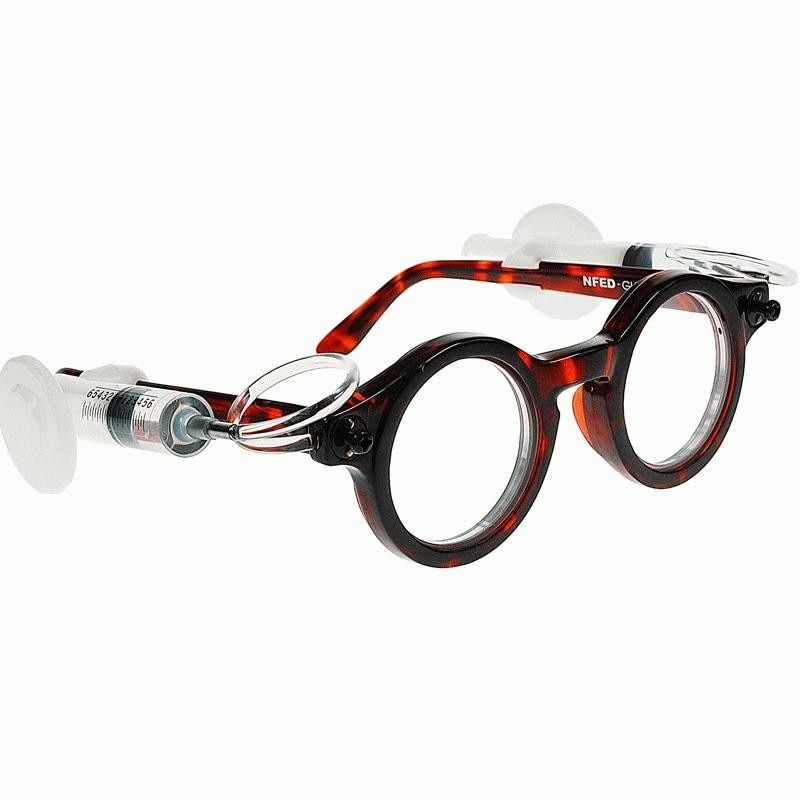Inaugurated in 2000, the Triennial series seeks out and presents the most innovative, forward-thinking designs at the center of contemporary culture from the previous three years. The exhibition showcases design solutions that promote environmental stewardship, social equity, accessibility and creative capital in 134 projects from 44 countries.
Photos from above: Adaptive eyeglasses. Joshua Silver, Adaptive Eyecare Ltd. and Oxford Centre for Vision in the Developing World. United Kingdom, 1996–present. Plastic tubing, aluminum rings, silicone fluid, polyester thin film, polycarbonate covers. Photo Oxford Centre for Vision in the Developing World
Artificial Biological Clock, concept. Revital Cohen. United Kingdom, 2008. Glass, nickel plated brass, acrylic resin, motor. Photo Revital Cohen
Learning Landscape. Project H Design. Designed United States, built Uganda, 2008–9. Reclaimed tires, sand, lumber, chalk. Photo Project H DesignThe Girl Effect campaign, poster. Agency: Wieden + Kennedy; production: Curious Pictures and Joint Editorial. Client: Nike
Car-parts incubator, prototype. Design that Matters, Inc. United States and Nepal, 2008– present. Rendering Design that Matters. Photo Jiri Havran/Snøhetta
Heath Ceramics tableware. United States, 2005–9. Glazed ceramic stoneware. Photo Jeffery Cross Haptica
Mahangurina [pearl millet] thresher, prototype. Michelle Marincel, George Yaw Obeng, Thalia Konaris, Francisco Rodriguez, Brian Rasnow and mentor Donna Cohn. Designed United States and Ghana, 2008–9; deployed Mali, 2009. Scrap bicycle, conduit and metal, spring steel, cardboard. Photo F. S. Rodriguez-Sanchez
Kraftplex. Well Ausstellungssystem GmbH. Germany, 2009. 100% recyclable cellulose fibers from sustainably cultivated softwood. Photo Well Ausstellungssysten GmbH
Gripp glasses. Karinelvy Design. Manufactured by Skrufs Glassworks. Sweden, 2008–9. Blown glass. Photo Karin Eriksson
Samarth bicycle trailer, prototype. Radhika Bhalla. Designed United States, deployed India, 2008–present. Locally sourced bamboo, rattan, iron, jute, coconut fiber, wheels. Photo Vahe D’Ala
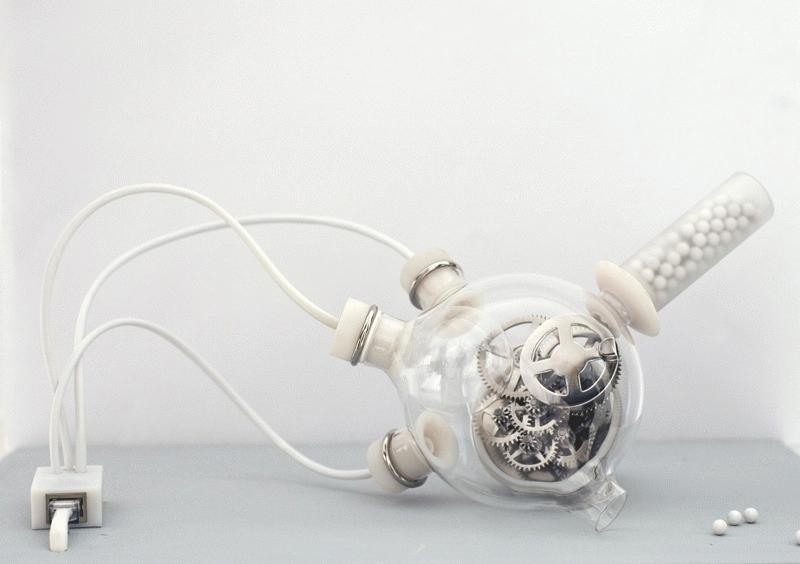

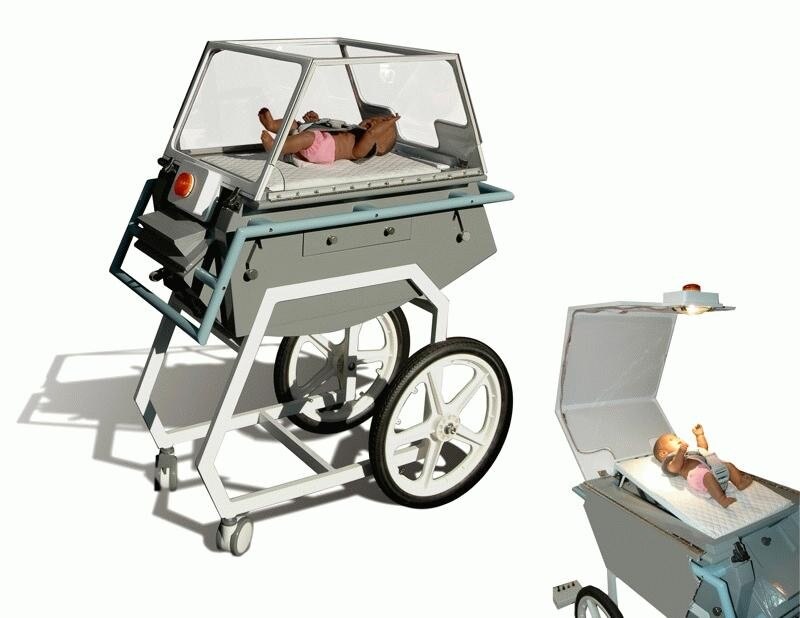
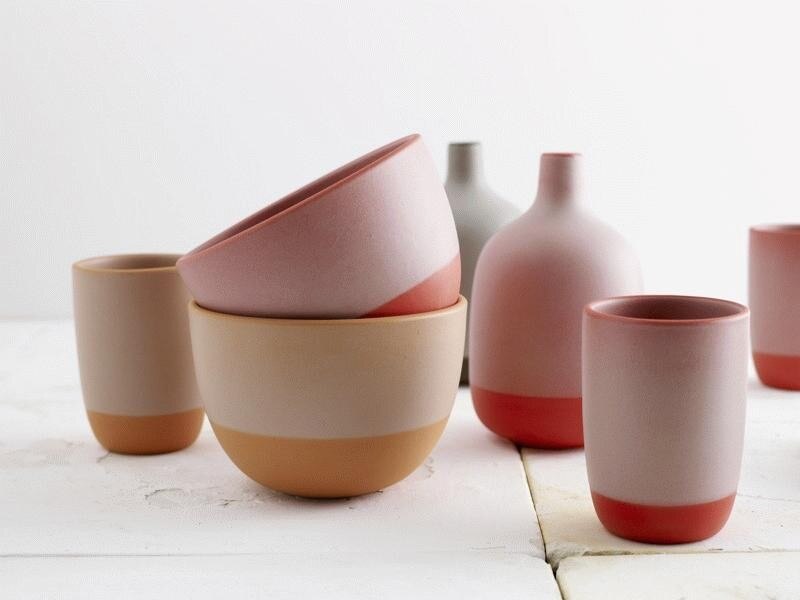
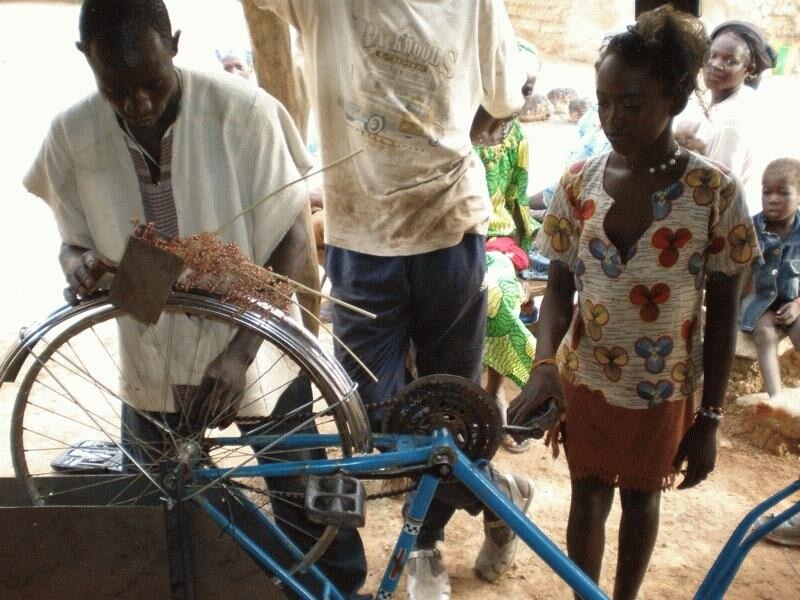



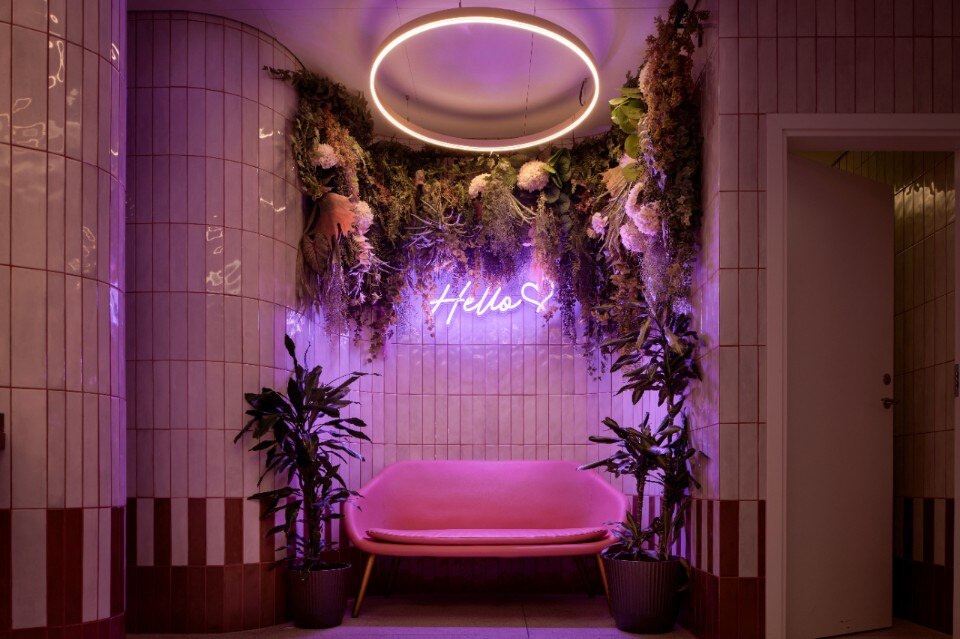
Design and ceramics renew a shopping center
FMG Fabbrica Marmi and architect Paolo Gianfrancesco, of THG Arkitektar Studio, have designed the restyling of the third floor of Reykjavik's largest shopping center. Ceramic, the central element of the project, covers floors, walls and furniture with versatile solutions and distinctive character.


